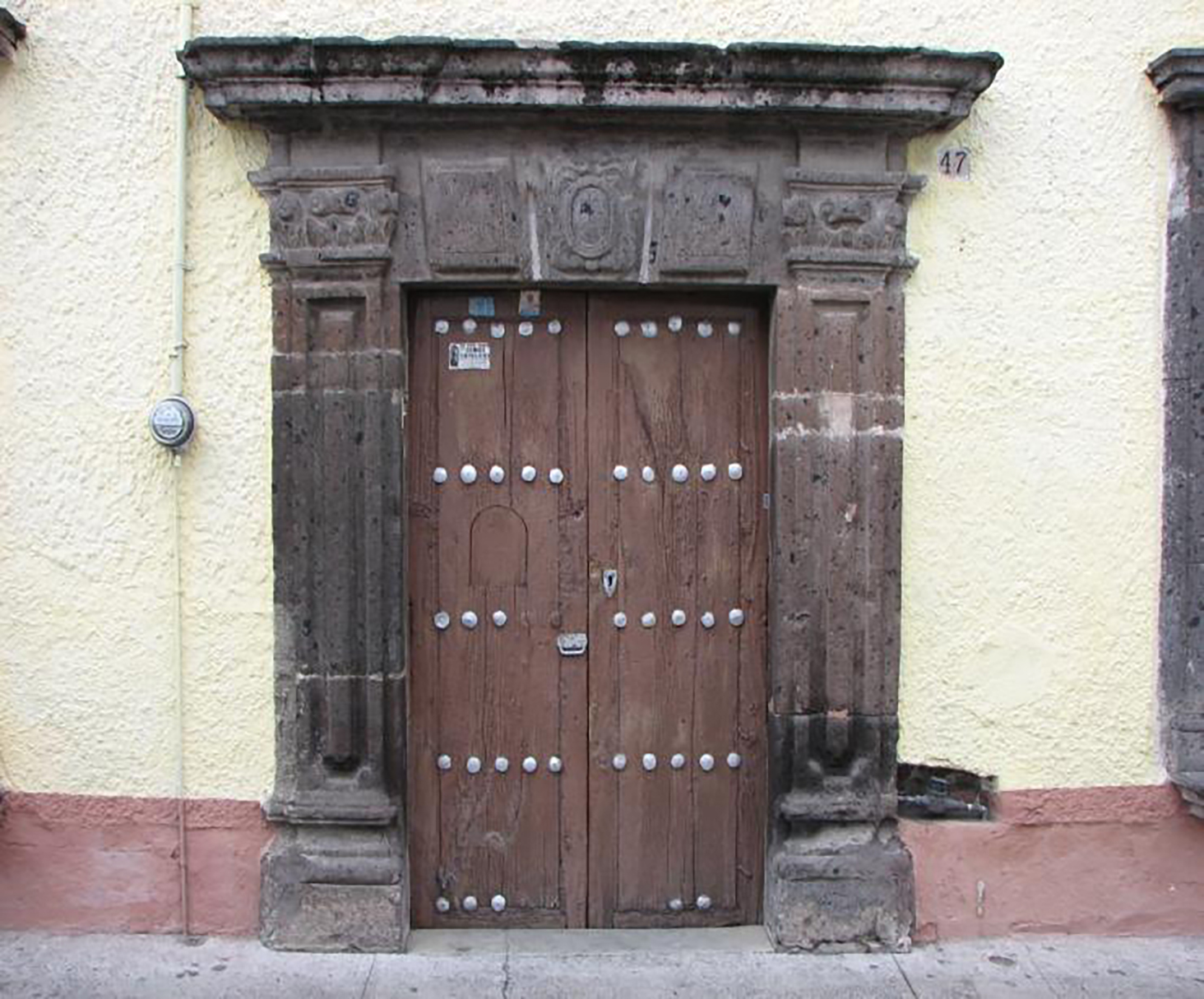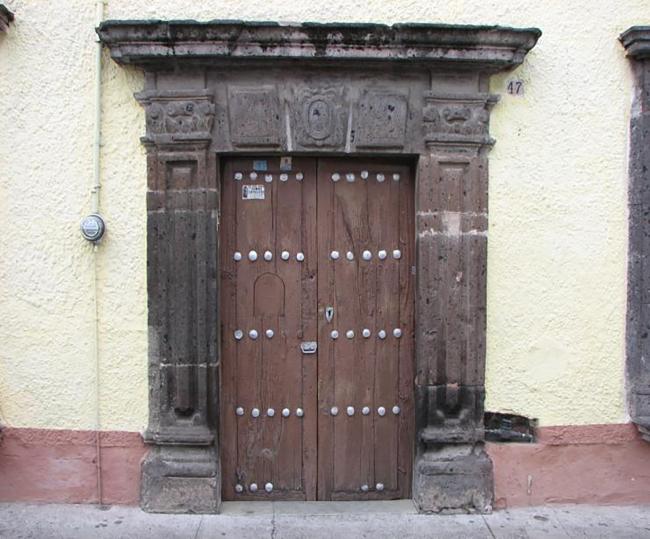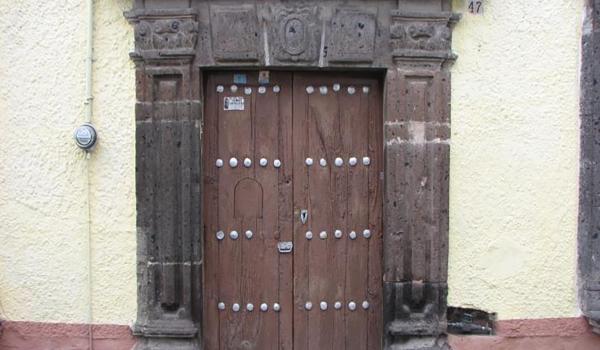Centro histórico de la ciudad de San Juan del Río
Route element
Centro histórico de la ciudad de San Juan del Río
The town of San Juan del Río was founded in the first half of the 16th century, as part of the jurisdiction of the mayor's office of Querétaro. It gained importance following the territorial appropriation of the Bajío region by the Spanish, becoming a significant enclave for access to northern New Spain.
The main economic activity in the region, besides agriculture and the livestock from nearby haciendas, included inns, sales, muleteering, and the manufacture of gear for transportation and pack animals, making San Juan del Río a mandatory provisioning point where travelers and traders frequently arrived to spend the night.
For all those traveling the Royal Road of the Interior Land, San Juan del Río was a significant point because from this city, other roads branched off: one continued towards Zacatecas and another towards the mining area of the Sierra Gorda.
In the 18th century, San Juan del Río was a town predominantly inhabited by Otomi Indians, with smaller numbers of Spaniards, mestizos, and mulattos. Its fertile land and abundant water favored the production of wheat, corn, and barley. Additionally, it had vast pastures that made it a necessary stop on the route northward. Wheat and corn, staples of both Spanish and indigenous diets, made San Juan del Río a commercially significant village. By the late 18th century, there were over a hundred haciendas of various types in the vicinity of San Juan del Río.





